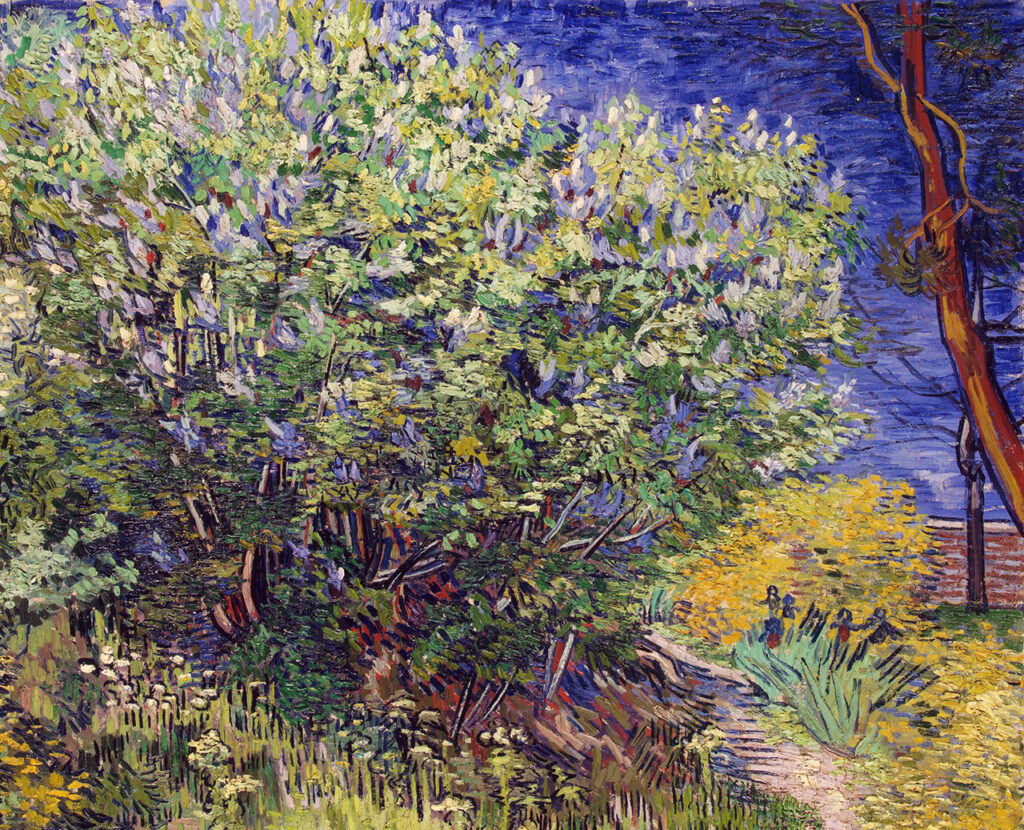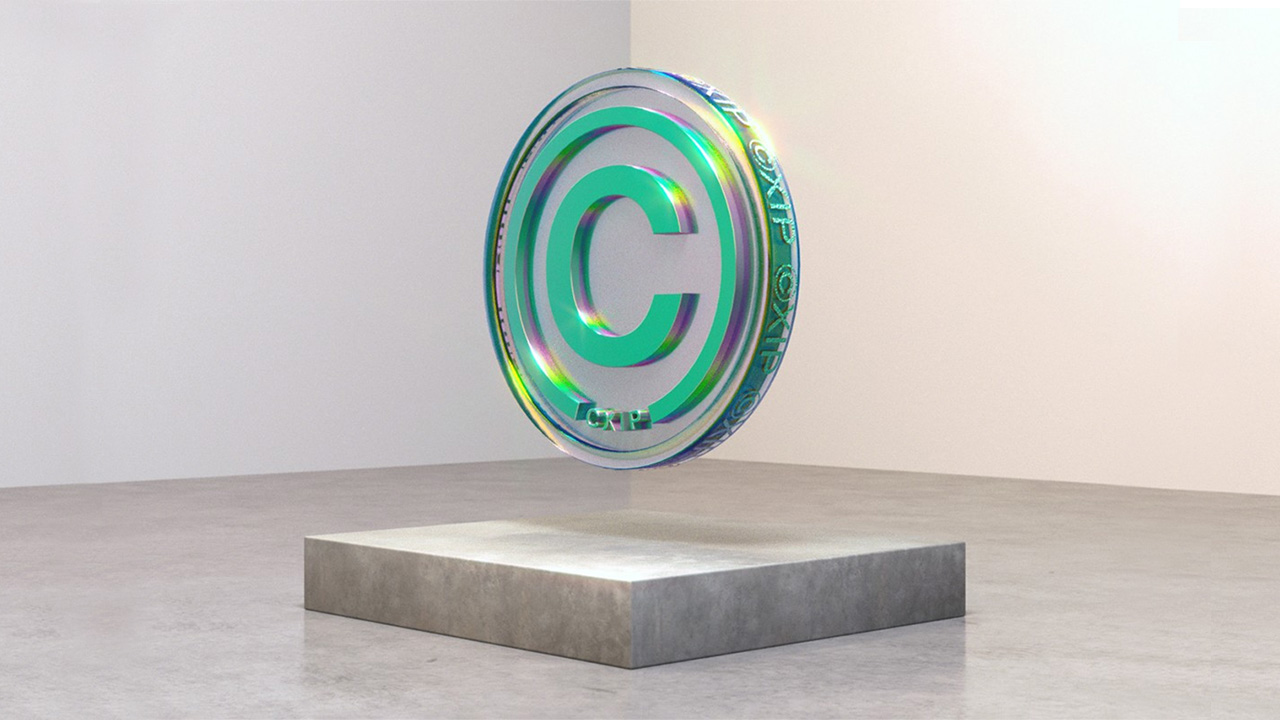NFTs’ emerging profile on the auction block and across the art world has brought with it questions, debates, and discussions surrounding ownership and copyright. Given that many NFT marketplaces exist as both separate entities and compete against one another in a loosely controlled environment, it’s difficult for NFT regulations to be mutually designed, much less mutually legally enforced. Additionally, the digital nature of most NFTs makes proving originality difficult; some artists have seen their works tokenized and sold without their consent or permission.
For intellectual property lawyer, Jeff Gluck, who’s spent more than a decade defending artists’ rights, the NFT space represents an easy target for copyright infringement. “I realized that there was a lot of vulnerabilities and holes, and flaws and confusion around concepts of intellectual property, authenticity, and security in the NFT industry,” he says. “And in going deeper, I realized that many of those flaws resulted from an impaired and fragmented approach to NFT minting.”
To address these gaps, he’s heading up CXIP, an eco-friendly and standardized NFT minting solution that promises true provenance, identity, and security. The software mints NFTs with unbreakable URLs, permanently stores NFT metadata via IPFS + Arweave technology, and requires each NFT to be signed or authenticated by its artist. Provenance chains are tracked to flag counterfeits, and additional copyright registration with the US Copyright Office is offered. Its PA1D smart contract further allows creators minting with CXIP to collect royalties from whichever platform the piece might be sold on.
Gluck spoke to Jing Culture & Commerce about the copyright issues surrounding NFTs and what cultural players should know about artists’ rights as they enter the crypto marketplace.
What are some of the major concerns surrounding NFTs and copyright?
The biggest concern that I have seen is from bad actors taking screenshots or taking content that they don’t own, minting NFTs out of them, and putting them for sale in big open marketplaces like OpenSea, where there’s not much of a vetting process in place. We’re starting to see many fake NFTs and fake counterfeit collections on OpenSea. And unfortunately, by the time the creator finds out, people have purchased those fake entities and [buyers are] unable to get refunded. Simultaneously, OpenSea takes their fees, doesn’t give those fees back, and it’s a very hard process to get OpenSea to take down a fake collection — there’s quite a few steps.
So we’re seeing a big issue now with these popular projects coming out, and then people making counterfeits of them right away, and trying to trick people in big marketplaces into thinking that this fake NFT is actually is the real one.
What are some legal problems that you anticipate appearing in the next few years?
One of the biggest legal challenges I see coming is major IP holders like Disney, Nike or Marvel, or major corporations entering the NFT space and releasing their own official NFTs. I believe the first thing they’re going to do is to bring a wave of litigation against marketplaces and sellers and anybody participating in counterfeit NFTs.
From a business standpoint, it makes sense for these IP holders to first clear the marketplace of all the bootlegs before they introduce their own collectibles. I think once these big IP holders, realize how extensive the counterfeit issue is, they will immediately feel the need to enforce their rights and get all of this fake stuff taken out of these marketplaces, before they before they proceed with their own official NFT.

In July, Russia’s Hermitage Museum began tokenizing works in its collection, including Leonardo da Vinci’s “Madonna Litta” and Vincent Van Gogh’s “Lilac Bush” (above). Two digital copies were made of each work — one to be auctioned on Binance and the other to be held by the museum. Image: Wikimedia Commons
What are some things that artists can do to ensure that they’re protecting their intellectual property?
At the outset, one of the very important things to remember is that ordinary copyright laws and trademark laws apply to NFTs. If you don’t have the rights to sell whatever you want to sell as an NFT, then you don’t have the rights to sell it as an NFT. The only thing that artists can be doing at this point is to register their work with the copyright office and to pursue claims under copyright laws.
How does the copyright issue translate into the museum space?
I think museums usually have indemnity from wherever they are acquiring the work from. It would be likely that the museum itself would not be held liable for any type of IP infringement, but rather, it would be the party who donated it to them. Or potentially, if somebody created something that they didn’t have the rights to create, they would be the real liable party.
There’s a great distinction to be made here in terms of intellectual property rights. Possession does not equal the rights to reproduce the content. If you’re talking in terms of a painting, the rights to reproduce that painting as a poster, a print, a T-shirt, or a NFT — those rights remain with the original creator or artist, unless that artist has transferred those rights to the museum. Otherwise, reproduction rights remain with the creator, not with the person who possesses the item. Unless the artwork falls in the public domain, which covers a lot of older classical artworks.
What should collectors or art professionals know before minting, selling, or buying NFTs?
One thing that is incredibly important to understand is not all NFTs are created equal. If you’re considering creating an NFT or acquiring an NFT as a collector, there are things that you need to be looking for such as: Is there a decentralized storage solution for the metadata? Is provenance proper? Where was it minted? How was it minted? These are all things that collectors and institutions should be aware of moving forward.



